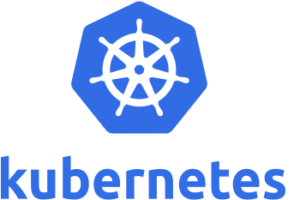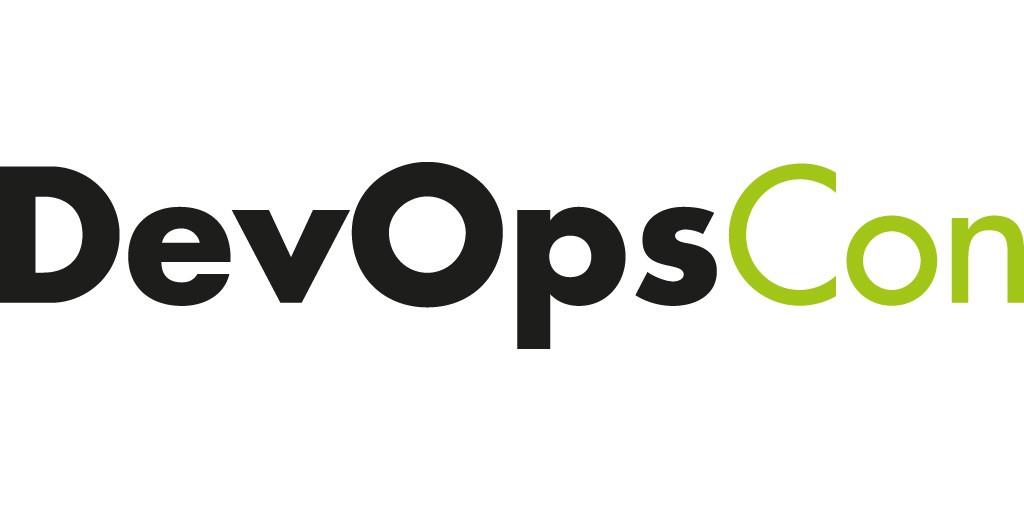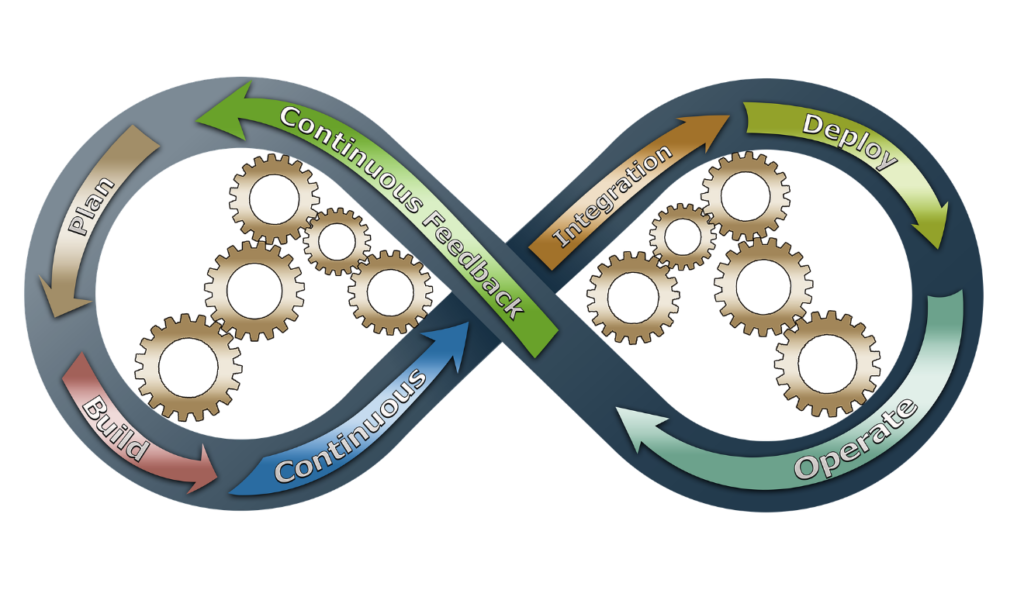Profinit was to participate in DevOpsCon for the first time in April 2020. The conference was supposed to take place in the heart of London, but the COVID-19 pandemic prevented that from happening. At the last minute, the organizers announced that the conference was postponed to early September, so all we could do was wait and see how things would turn out. Unfortunately, time brought no significant change. Therefore, the organizers acceded to move the conference from the London conference centre to the living and working rooms of the speakers and participants. The event was called “The Online Conference”.
DevOpsCon is part of a global series of conferences that are organized in several places around the world. As the name suggests, it deals with the hot topic of merging Development and Operation teams into one well-functioning unit. DevOps was the main topic of many talks. Great emphasis was placed on corporate culture and its transformation to a form enabling the implementation of DevOps principles and their long-term development. In some other sessions, activities crucial to DevOps were discussed. I’ll mention, for example, CI/CD and the whole automation of the development process from source code to production deployment, monitoring or security. Last but not least, the conference also focused on cloud technologies and principles of serverless architecture. The conjunction of these two approaches to software development could lead to modern innovations in how applications are built.
The main part of the conference was divided into three days. The first two days were made up of blocks of 45-minute sessions running in two parallel streams. That means there were always two topics to choose from at any given time. The third day was referred to as a workshop day, which also offered two streams, but each stream only included practical training the whole day. Here is a summary of the most interesting sessions.
Day 1
Keynote: Embracing DevOps Practices to Create a Culture of Quality in Cloud Platform Teams
The technical leader of development at the Financial Times, Nayana Shetty, started the conference with her talk about implementing DevOps in her organization. The whole session focused mainly on quality and changes in how it’s understood when implementing DevOps. Quality has become a culture in her mind, and it’s the responsibility of every member of a DevOps team.
Changing an Organizational Culture Starting With the Coffee?
Artur Margonari gave the most entertaining speech, in my opinion. He fiercely attacked the widespread pressure to implement agile methodology in organizations where it is not supported by common sense. But it was not about criticizing the methodology itself. It was guidance on how to think about change and when avoiding change is the best choice.
Soothing the Pain: Easier CI/CD in a Kubernetes Microservices Environment
Nir Koren from LivePerson introduced the architecture, technology and CI/CD pipeline that runs his company’s AI-based communication platform. Part of his presentation compared monolithic and microservice architecture. He also added some best practices for developing microservices.
From Monolith to Serverless: Rethinking Your Architecture
Experienced SW architect Michael Dowden focused on the mindset changes that have to come hand in hand with changing architecture to a model that runs most of the logic on the client-side. The mindset change was demonstrated with a simple example of an e-shop application that was transformed and redesigned from a monolithic app to a fully serverless application.
Day 2
KEYNOTE: Driving Culture Change Through DevOps, and Vice Versa
The second day of the conference was kicked off by James Betteley and Sara Milne from Lloyds Banking Group. They presented the company itself, and listeners were introduced to a process of culture change and its development over time. They gently and naturally outlined practices for achieving DevOps goals and described how to start the whole process.
Serverless Deployments With Canary – Creating DevOps Engineers at lego.com
A transformation from a monolithic application to a fully serverless architecture solution was described by Nicole Yip, the leader of portal development at LEGO.com. The transformation went hand in hand with implementing DevOps, and it all happened in just ten months. Nicole described the conditions necessary for such a change, all the hardships on their journey and all the successes and improvements. The end of the session was dedicated to Canary deployment, which is the seamless way to deploy a new version of an application while mitigating the risk of hitting many users at the same time with possible errors.
5 Levels of High Availability: From Multi-Instance to Hybrid Cloud
Rafał Leszko introduced an exciting view of options for saving data in the cloud in terms of availability. His company provides cloud storage on several levels of availability, which were introduced during the session. A description and a comparison of availability levels were included, and of course, recommendations were given for using different levels for different business use cases, because even the lowest level has its use case.
The Road to the Continuous Monitoring
Let’s move from naive log tracking to artificial intelligence taking care of your business. That is a short summary of Pawel Piwosz’s talk in which he outlined the principles and, more importantly, values that high-quality monitoring can bring to the whole development process. (Yes, not just application operation in a production environment.) He also mentioned ways to achieve it.
Day 3
Hands-on Workshop for Designing and Scaling Kubernetes Using Kubeadm
The last day of the conference featured two parallel workshops. I chose the workshop dedicated to Kubernetes technology rather than the second choice, which was about using Terraform in connection with AWS cloud.
 Oz Tiram was the trainer for the Kubernetes workshop, which was well prepared. He guided us through the configuration and launch of a Kubernetes cluster on the private cloud noris.cloud based on OpenStack. Unfortunately, the workshop sometimes slipped into just running predefined scripts, and we were not given a chance to try to figure out the tasks ourselves. But as the day went on, I realized that without the prepared scripts, we would not have made it to the end because of time restrictions. The workshop made me aware of the tools and approaches that are appropriate for building and running a Kubernetes cluster, and most importantly, I now know the complexity behind it.
Oz Tiram was the trainer for the Kubernetes workshop, which was well prepared. He guided us through the configuration and launch of a Kubernetes cluster on the private cloud noris.cloud based on OpenStack. Unfortunately, the workshop sometimes slipped into just running predefined scripts, and we were not given a chance to try to figure out the tasks ourselves. But as the day went on, I realized that without the prepared scripts, we would not have made it to the end because of time restrictions. The workshop made me aware of the tools and approaches that are appropriate for building and running a Kubernetes cluster, and most importantly, I now know the complexity behind it.
In the end, I was confused a bit due to the content of the conference. But in hindsight, while writing these lines I can say that the event was loaded with information, interesting people and stories from organizations that had decided to go the DevOps way. For sure, the whole conference experience would have been better if it hadn’t been online. Interpersonal communication was stuck most of the time, and I assume that the number of live streams watchers was lower than it would have been in London in person. Sessions from days 1 and 2 are available to watch for the next year, so do not hesitate and watch them now.
Author: Filip Dyrčík
Consultant

